Advertisement
A semi-humanoid AI service robot has just been introduced for commercial businesses, marking a practical advance in how machines and people can share workspaces. This robot blends intelligent software with a familiar, human-inspired design to make interactions smoother for both customers and staff. Rather than focusing on full human likeness, the developers aimed for simplicity, usability, and comfort, creating a machine that fits seamlessly into busy environments. Its presence offers a solution to repetitive, time-consuming tasks that often strain employees, while giving customers consistent service. This step highlights a new approach to thinking about how automation can enhance everyday operations.
A semi-humanoid AI service robot is a smart machine designed to look and behave just enough like a person to feel approachable, without trying to be a perfect human copy. It combines artificial intelligence with a simple, familiar design — usually featuring a head-like screen that can show expressions, moving arms for basic gestures, and a torso mounted on a mobile base to glide through spaces with ease.
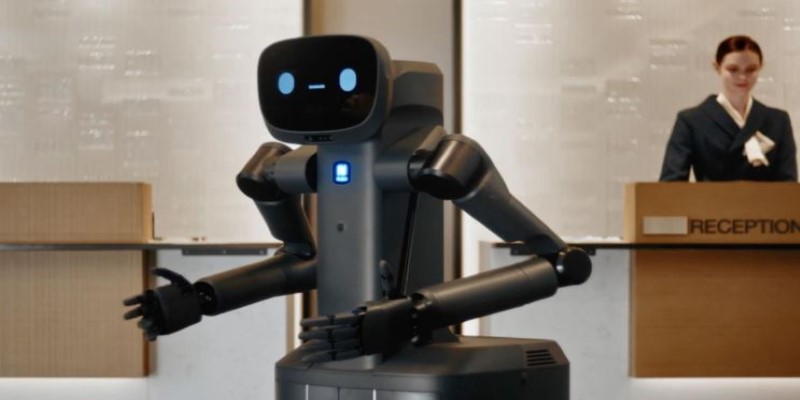
Its purpose is clear: help, not replace. It’s built to handle predictable, repetitive tasks while making customers feel comfortable interacting with it. The subtle human-like features — a nod, a wave, a friendly display — make conversations and instructions easier to follow, even for those wary of technology. Its mobility allows it to move confidently through wide lobbies or tight aisles alike, greeting guests, carrying items, answering questions, or guiding people where they need to go. This thoughtful design keeps it practical, approachable, and easy to work alongside in busy commercial spaces.
This semi-humanoid AI service robot is built around a mix of sensors, cameras, and processing units that allow it to understand its surroundings and respond effectively. Vision sensors and depth cameras enable it to detect obstacles, read floor layouts, and adjust its path when needed. Microphones paired with natural language processing software allow it to listen, understand, and respond to spoken requests. A touchscreen or digital face on its head provides a visual way to interact for those who prefer not to speak aloud.
In a retail shop, for example, it might welcome shoppers at the entrance, guide them to specific sections, and inform them about special offers or stock availability. In an office building, it can register visitors, notify staff about arrivals, and escort guests to meeting rooms. In restaurants, it can help take orders, deliver plates to tables, and return with empty dishes. At airports, it can display flight information, help passengers locate gates, or direct them to check-in counters.
The semi-humanoid shape improves communication — people intuitively understand its gestures and follow its cues without hesitation. The robot can also handle light carrying tasks, thanks to its articulated arms and stable base. Developers intentionally avoided making it overly complex, keeping the design affordable and easy to maintain. Regular software updates improve its language abilities and add features, ensuring it can adapt to a business’s changing needs over time.
Commercial businesses are turning to semi-humanoid AI service robots because they provide a dependable solution to ongoing challenges. Many service industries face persistent staff shortages, with positions going unfilled or experiencing high turnover. Replacing or retraining workers repeatedly adds costs and disrupts consistency. A robot like this offers a stable presence that performs reliably, day after day, without fatigue or variation in quality.
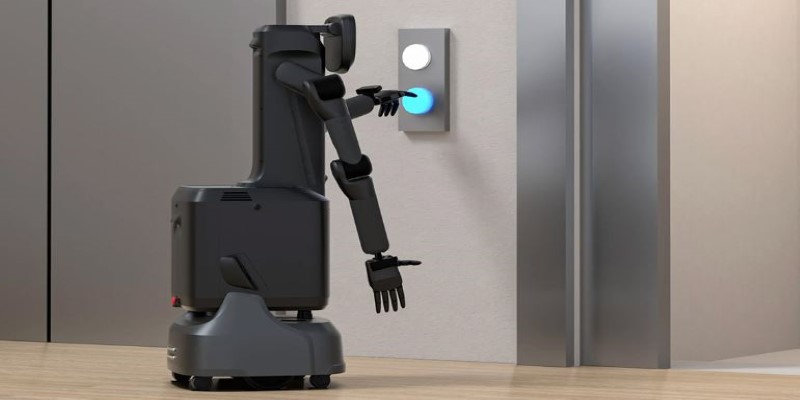
For customers, interacting with such a robot can be a novel and even enjoyable experience. Its polite mannerisms and familiar form make the experience feel personal, despite being machine-driven. Businesses benefit by creating a memorable experience that makes them stand out to clients and customers. During busy periods, the robot can assume basic duties, allowing human employees to focus on tasks that require more judgment and adaptability.
Financially, while the initial cost of acquiring one of these robots is significant, it's often balanced out by reduced labor expenses, lower turnover costs, and greater operational efficiency. Predictable maintenance schedules and scalable software updates provide businesses with more control over expenses, as opposed to the unpredictability of a human workforce. The robot's ability to operate in almost any indoor environment makes it highly flexible, allowing companies to expand their use cases over time as confidence in the technology grows. This flexibility makes it appealing not only to large corporations but also to medium and smaller businesses.
While the unveiling of the semi-humanoid AI service robot has been met with enthusiasm, challenges still lie ahead. Integration into existing workflows takes time, and not all customers immediately feel comfortable interacting with machines. Human employees often need training to work effectively alongside robots, understanding their strengths and limitations. There are also ethical concerns regarding surveillance, privacy, and the potential impact on jobs that cannot be ignored.
The current generation of semi-humanoid robots is still learning to handle less predictable situations, such as highly emotional customers, sudden environmental changes, or complex problem-solving that requires nuance. Developers continue to refine the AI and mechanical systems to improve these aspects.
Looking forward, many experts believe semi-humanoid designs will become a common sight in public-facing businesses. As costs continue to fall and technology improves, their presence is expected to grow beyond premium establishments and into smaller operations. The balance of familiarity and functionality in these machines makes them an appealing middle ground between fully mechanical automation and fully human service.
The semi-humanoid AI service robot represents a thoughtful step toward blending artificial intelligence with human-centered design for everyday business environments. Its approachable form and reliable performance make it well-suited for commercial settings where efficiency and customer experience are equally important. Businesses see value not just in the practical help it provides, but in the sense of progress and novelty it brings. While some challenges remain, this kind of technology hints at a future where humans and machines work side by side more naturally, each focusing on what they do best. As more businesses experiment with these robots, their role in shaping modern service industries seems ready to grow.
Advertisement

Explore how generative AI transforms content, design, healthcare, and code development with practical tools and use cases

How using Hugging Face + PyCharm together simplifies model training, dataset handling, and debugging in machine learning projects with transformers

Discover 26 interesting ways to use ChatGPT in daily life—from learning new skills and writing better content to planning trips and improving productivity. This guide shows how this AI tool helps simplify tasks, boost creativity, and make your workday easier
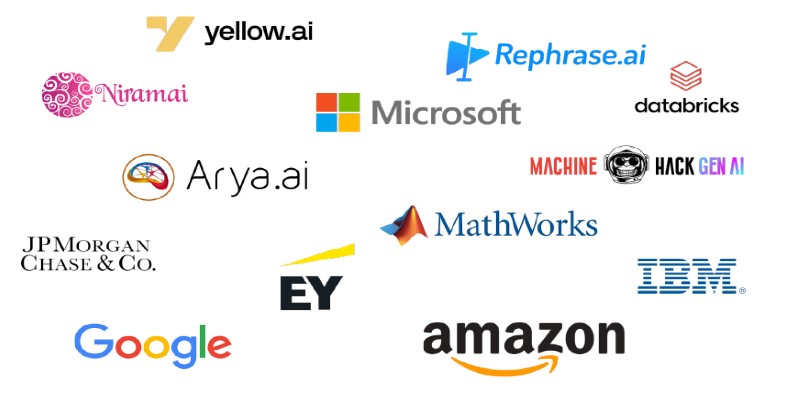
Which data science companies are actually making a difference in 2025? These nine firms are reshaping how businesses use data—making it faster, smarter, and more useful
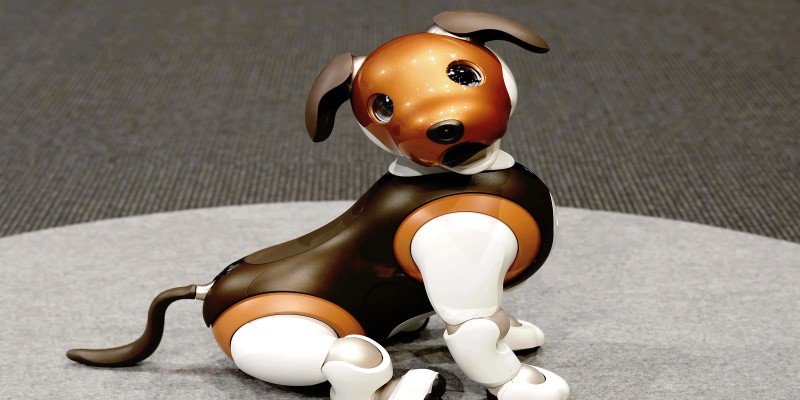
Can a robotic puppy really help ease dementia symptoms? Investors think so—$6.1M says it’s more than a gimmick. Here’s how this soft, silent companion is quietly transforming eldercare

How Hugging Face Accelerate works with FSDP and DeepSpeed to streamline large-scale model training. Learn the differences, strengths, and real-world use cases of each backend

Looking for faster, more reliable builds? Accelerate 1.0.0 uses caching to cut compile times and keep outputs consistent across environments
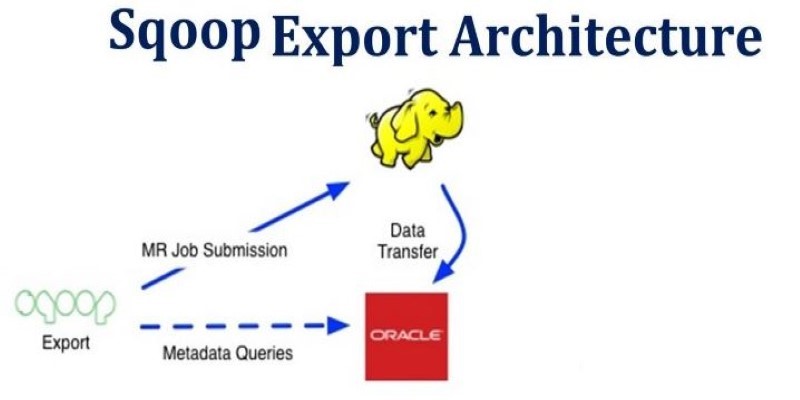
How Apache Sqoop simplifies large-scale data transfer between relational databases and Hadoop. This comprehensive guide explains its features, workflow, use cases, and limitations

Discover how Case-Based Reasoning (CBR) helps AI systems solve problems by learning from past cases. A beginner-friendly guide

How to Integrate AI in a Physical Environment through a clear, step-by-step process. This guide explains how to connect data, sensors, and software to create intelligent spaces that adapt, learn, and improve over time

Explore how multimodal GenAI is reshaping industries by boosting creativity, speed, and smarter human-machine interaction

How AI is shaping the 2025 Masters Tournament with IBM’s enhanced features and how Meta’s Llama 4 models are redefining open-source innovation